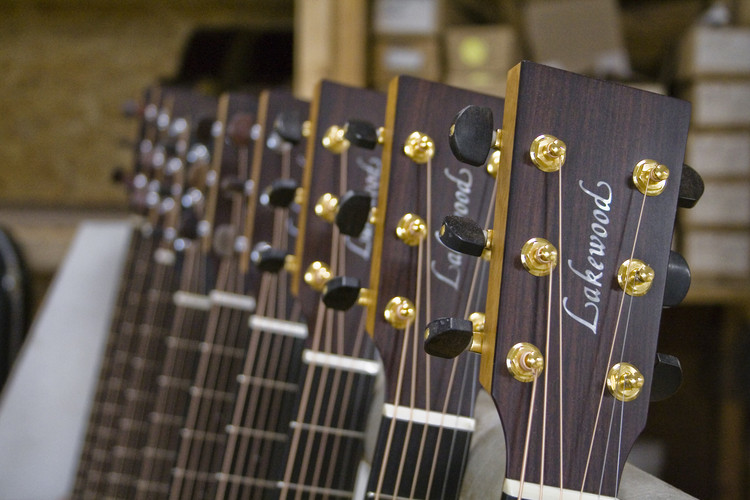
Playing with the balance between form and function, laminates enable architecture to perform a variety of tasks at the same time, being robust, flame-retardant, stain-resistant and antibacterial. With a wide range of applications in architecture, Egger has developed a range of products that can be applied to many of the spaces we inhabit daily, such as kitchens, bathrooms, offices, hotels and shops. Diving into the specifics of laminates and how they can be applied in architecture, we showcase how these materials are an ideal coating material with extra-wide format alternatives.














